Whether you are growing an event photography business or just enjoy capturing family functions, there are some important tips that can help you to get the most out of the day.
Event photography is not easy at first. The venues change, the lighting can be gorgeous one minute and dark and unflattering the next, people can be outgoing, drunk and having the best time, or they can be stiff and on guard at a business event. But it’s your job to work around these restraints to the best of your ability, and I promise you, it gets MUCH easier over time.
So here we go.
Smile, interact and be (or at least look) comfortable while walking around
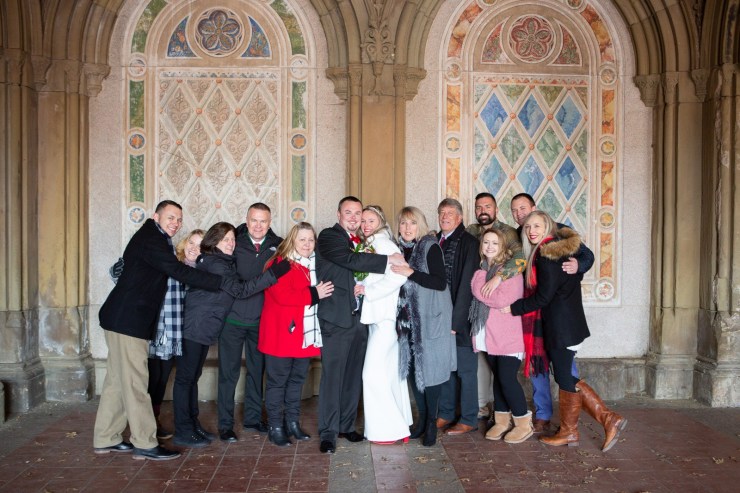
Before we get to the technical stuff, I want to stress how important it is to present yourself in the right way. Nerves can get the best of all of us, myself included, but you should try to hide those nerves. Make sure to have a smile and an interactive look on your face.
You do not want it to seem like you are sneaking around your subjects as that will make people notice you much more, and can make them feel uncomfortable around you. Often being sneaky is good because you want to capture your subjects in candid moments, but make sure to smile and say a quick “hi” whenever the situation warrants itself, especially early on in the event to set a precedent. You are both a fly on the wall and a member of the event, so you have to play both rolls delicately. Making people comfortable is one of the skills of the trade.
High ISOs and fast lenses
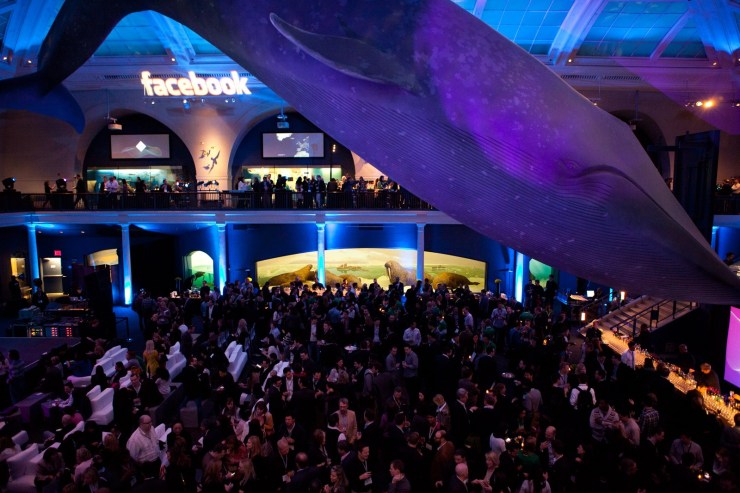
While you can do great event photography with most cameras if the light is great, it’s those dark situations where you need a camera that can handle high ISOs well as well as a fast lens. If you don’t have a large budget, you can always get an affordable 50mm f/1.8 lens, but my go-to event lens is a Canon 24-70mm f/2.8 lens with a 50mm f/1.8 when I really need a super shallow depth of field or in a very dark situation. Otherwise, f/2.8 works most of the time.
For indoor events, I rarely if ever go below ISO 1600 and I’m often at ISO 3200. The noise on modern cameras these days barely shows and the photos will capture the light in the room so much better and the shots will be so much sharper. Do not be afraid to raise your ISO — in fact, you should be afraid of keeping it too low.
Bounce fill flash for many situations
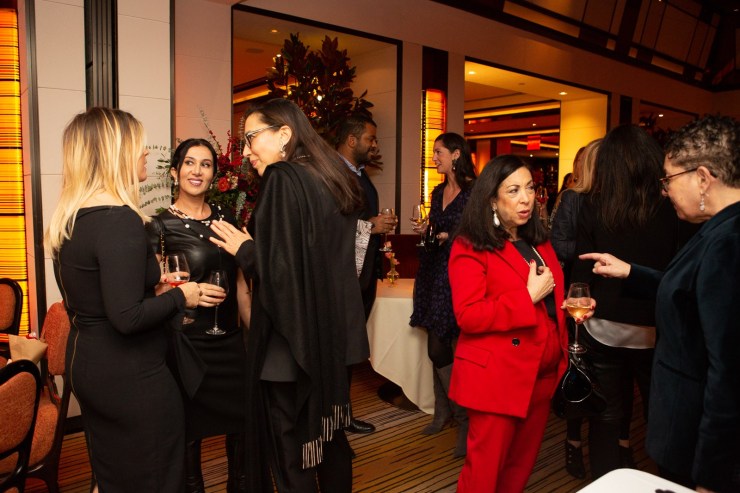
The goal of lighting an event is to capture the ambience of the room and the natural light in it, while also lighting the people in the photograph and having them stand out. Sometimes there will be gorgeous window light, or you will be outdoors, where the natural light will be all that you need. But more often than not, the ambient light will not be enough, and this is where you need to use a flash.
First, you want to expose the camera settings to get the background light correct. Then you want to add in the flash unit. I tend to use the TTL (through the lens) setting, which is an automatic mode, allowing the camera to read the light on your subject to figure out how much light it should give off. In fast-moving events where the lighting changes depending on where you are, this allows me to focus my attention on the event. If the flash tends to be giving off too much light on the subjects, I will sometimes darken the metering on the flash up to -1 stop, so the light is not too harsh or bright on the subjects. You want to balance the light in the background with the light on the main subjects.
But most importantly, I will aim the flash unit up and ever so slightly tilted backward when there is a ceiling above me that will bounce the light back on the subjects. This adds a gorgeous fill flash look. Pointing the flash unit directly at a subject has a much more unflattering look. Sometimes if the ceiling is too high to bounce, you will have to just have the flash unit pointed straight up or even directly at the subject. It will look fine enough and you will have no choice, but obviously, it’s not ideal. I also use a diffuser cap on my flash unit to soften the quality of the light.
Don’t always use the lowest possible aperture
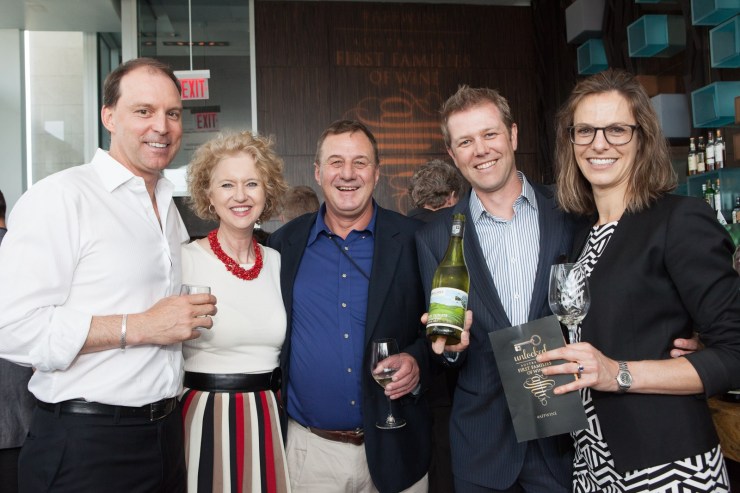
This is a quick tip, but sometimes I prefer to shoot at f/4 versus f/2.8 if the lighting permits. If you are capturing even a medium-sized group of people, an f/2 or f/2.8 shot will often have the middle subjects sharp but edge subjects blurry, so it’s important to account for this.
Stand and wait for the moment to happen
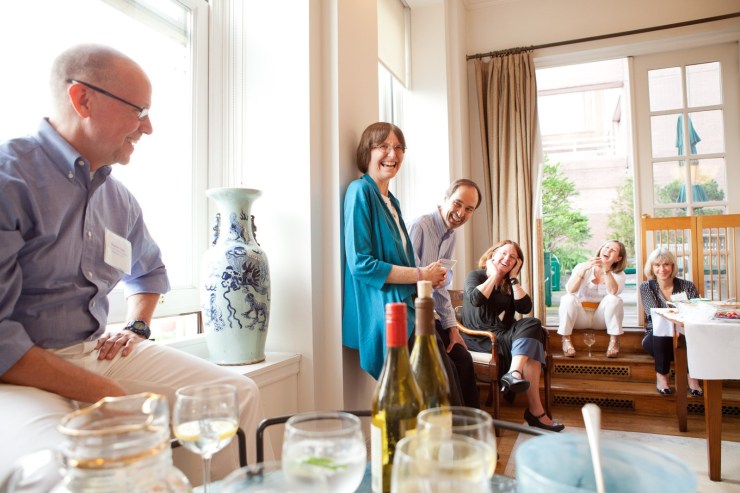
Anticipating a moment and waiting is the most important tip in the book. Great event photography captures reactions and emotions. If you’re constantly walking around looking for them, it can be tough to find them. Instead, find an area where people are enjoying themselves with a good vantage point and wait there. Make it look like you’re looking around the room, but at the same time, pay attention to your subjects. At some point, someone will make a joke or they’ll get engrossed in something and you will be in the perfect position to create magic.
While these are the main tips that will take your event photography to the next level, a few further quick tips to consider are: Always dress well, arrive early, have a contract in place for larger or more involved events, and don’t undercharge (this can be a hard and stressful job), pack a backup camera, lens, extra camera batteries, flash batteries and extra memory cards. And just always know that no matter what obstacles are put in place, we’ve all been there and gotten through them, and you will too.
Tell your story with the second annual Visual Storytelling Conference!
Experience four days of interactive, online training sessions featuring a range of educational content with experienced photographers and content creators. This free event kicks off with a series of technical boot camps to build essential skills, followed by live, online sessions on photography, video, business and social media. Join live from March 10-13, 2022!
